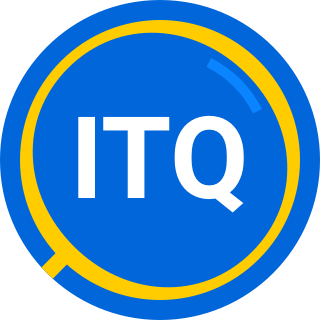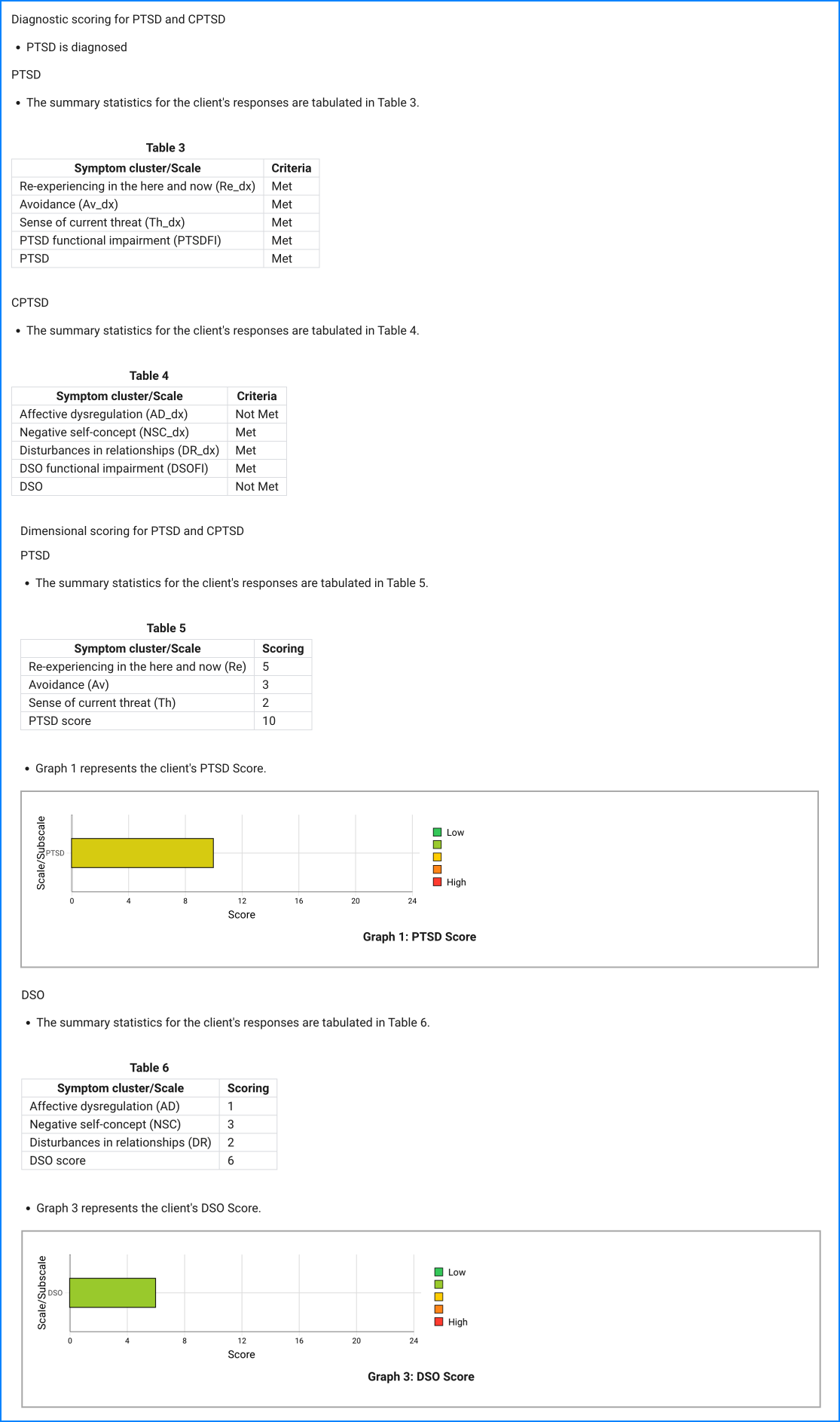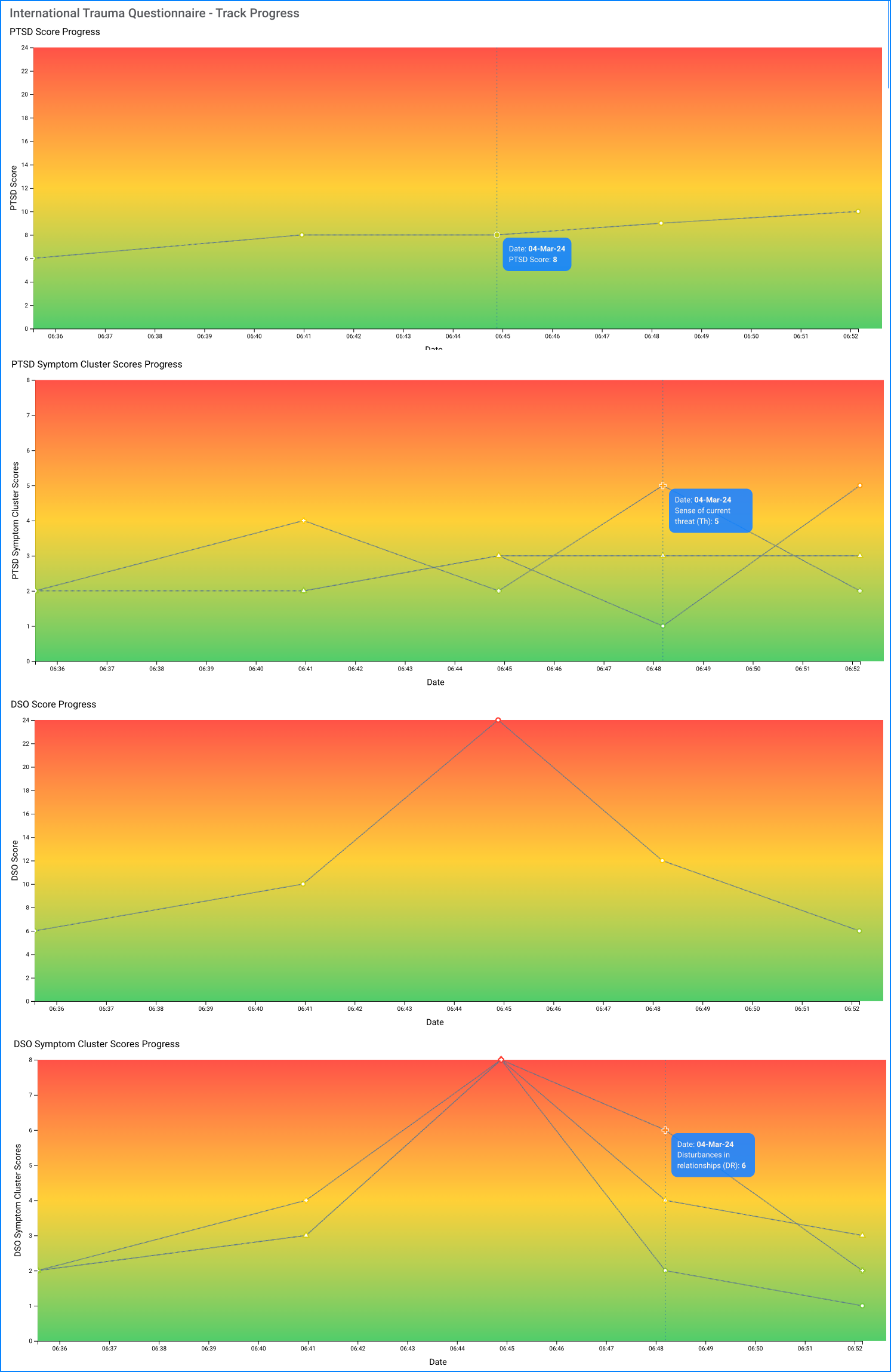Diagnostic scoring for PTSD and CPTSD
PTSD
If P1 or P2 ≥ 2 criteria for Re-experiencing in the here and now (Re_dx) met
If P3 or P4 ≥ 2 criteria for Avoidance (Av_dx) met
If P5 or P6 ≥ 2 criteria for Sense of current threat (Th_dx) met
AND
At least one of P7, P8, or P9 ≥ 2 meets criteria for PTSD functional impairment (PTSDFI)
If criteria for ‘Re_dx’ AND ‘Av_dx’ AND ‘Th_dx’ AND ‘PTSDFI’ are met, the criteria for PTSD are met.
CPTSD
If C1 or C2 ≥ 2 criteria for Affective dysregulation (AD_dx) met
If C3 or C4 ≥ 2 criteria for Negative self-concept (NSC_dx) met
If C5 or C6 ≥ 2 criteria for Disturbances in relationships (DR_dx) met
AND
At least one of C7, C8, or C9 ≥ 2 meets criteria for DSO functional impairment (DSOFI)
If criteria for ‘AD_dx’ AND ‘NSC_dx’ AND ‘DR_dx’, and ‘DSOFI’ are met, the criteria for DSO are met.
PTSD is diagnosed if the criteria for PTSD are met but NOT for DSO.
CPTSD is diagnosed if the criteria for PTSD are met AND criteria for DSO are met.
Not meeting the criteria for PTSD or meeting only the criteria for DSO results in no diagnosis.
Dimensional scoring for PTSD and CPTSD.
Scores can be calculated for each PTSD and DSO symptom cluster and summed to produce PTSD and DSO scores.
PTSD
Sum of Likert scores for P1 and P2 = Re-experiencing in the here and now score (Re)
Sum of Likert scores for P3 and P4 = Avoidance score (Av)
Sum of Likert scores for P5 and P6 = Sense of current threat (Th)
PTSD score = Sum of Re, Av, and Th
DSO
Sum of Likert scores for C1 and C2 = Affective dysregulation (AD)
Sum of Likert scores for C3 and C4 = Negative self-concept (NSC)
Sum of Likert scores for C5 and C6 = Disturbances in relationships (DR)
DSO score = Sum of AD, NSC, and DR




